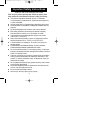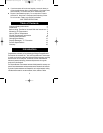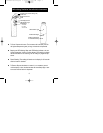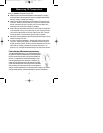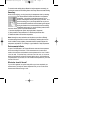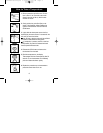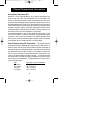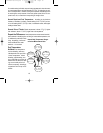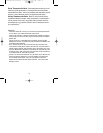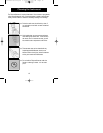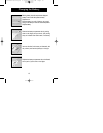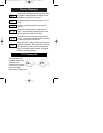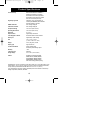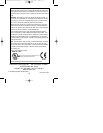
Normal Body Temperature (BT)
Normal BT is not a single temperature, but a range of temperatures influ-
enced by age, time of day, and measurement site. You can establish your
family’s normal ranges by taking a number of temperatures from each mem-
ber during a day and keeping records of them. Many people may not have an
elevated temperature even if they are ill. These include, but are not limited to,
infants under 90 days old, people on steroids, antibiotics or antipyretics (acet-
aminophen, ibuprofen, aspirin), people with compromised immune systems
(including the elderly and those having HIV/AIDS). Consult your doctor if you
feel someone is ill even if their temperature is not elevated.
An elevated temperature or fever is often viewed as a danger sign. In fact,
fever can be beneficial. It should be evaluated in the light of other physical
symptoms. A doctor should be consulted in the following situations where
fever is present: vomiting, diarrhea, changes in appetite, activity or breathing,
or with children who are irritable, lethargic or unusually sleepy.
Normal Temporal Artery (TA) Temperature: The range of normal TA
temperatures has been established by a large study by Dr. Keith Powell
4
, for
which he reports "After using the Temporal Scanner Infrared Thermometer to
determine the range of normal temperatures in over 2300 infants and children
(see table below from his study
5
) the staff in our 15 pediatric practices won't
use any other thermometer. The Temporal Scanner is accurate, fast, non-
invasive, and well tolerated by children of all ages." A temperature higher
than those shown in the table is normally considered to be a fever, but con-
sult your doctor for medical advice. For ages greater than 18 years, 100.1°F
(37.8°C) should be used.
Age
Upper limit of normal temperature
0-2 months 100.7°F (38.1°C)
3-47 months 100.3°F (37.9°C)
4-9 years 100.1°F (37.8°C)
10-18 years 100.1°F (37.8°C)
9
Clinical Temperature Information
tat2000instrev6.qxd 2/6/2006 9:35 AM Page 9




